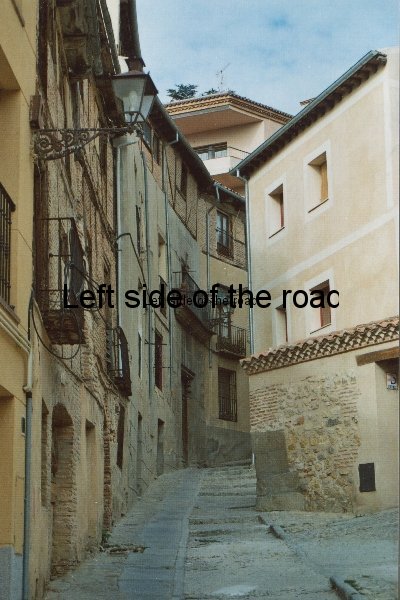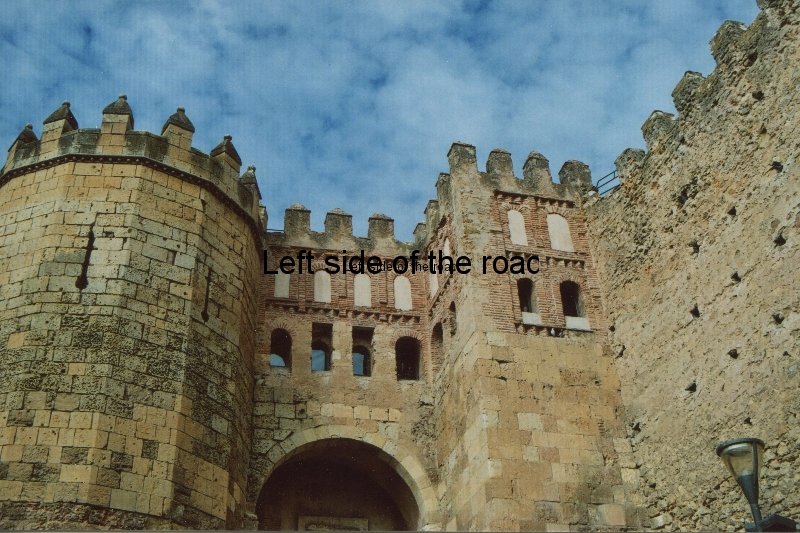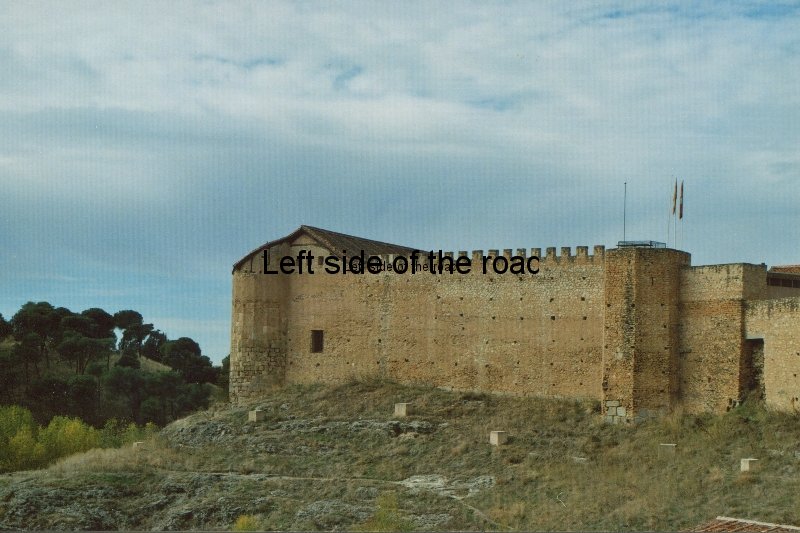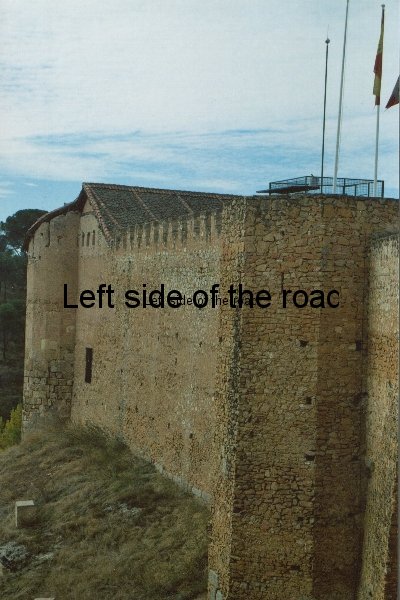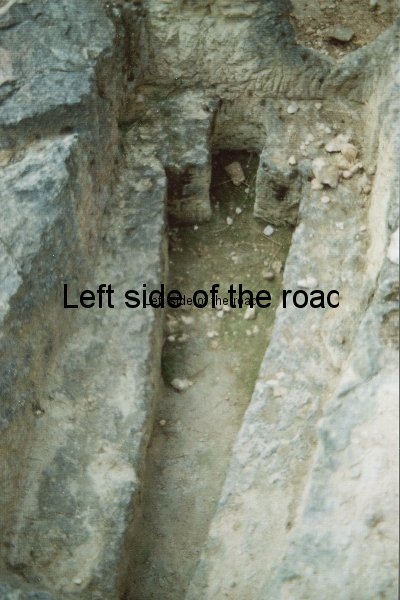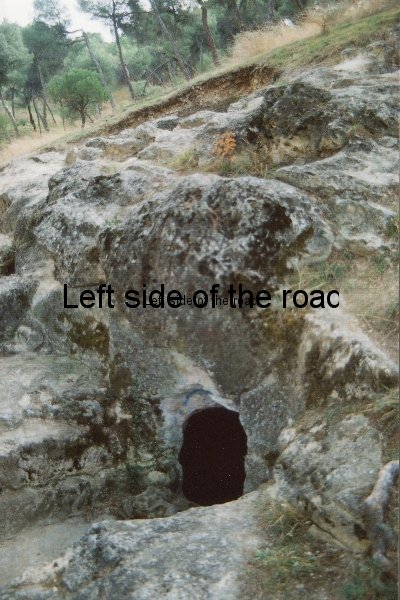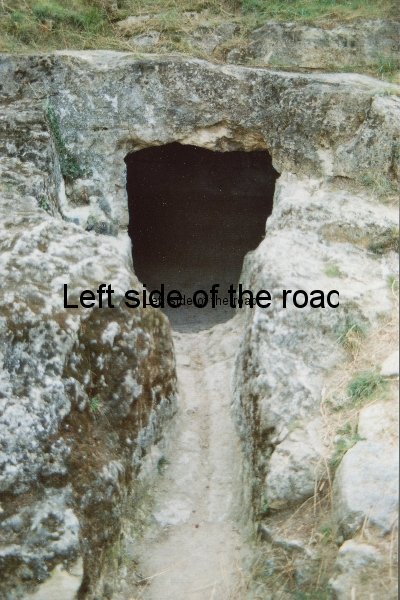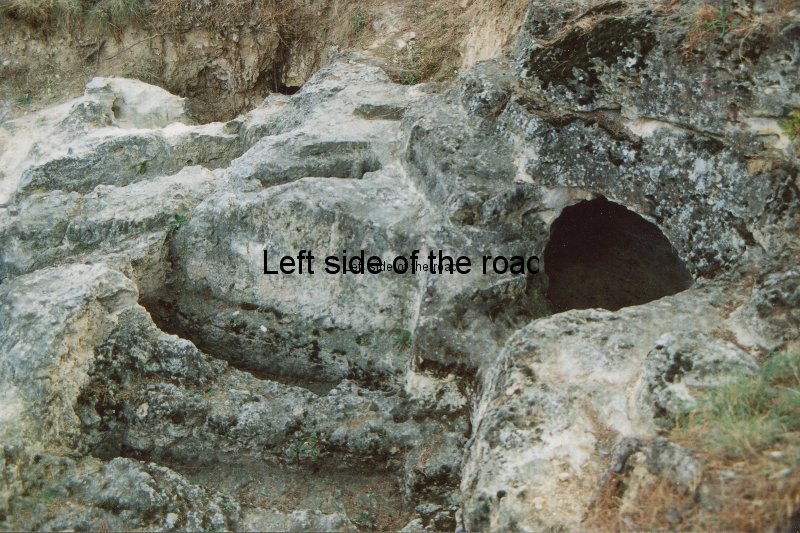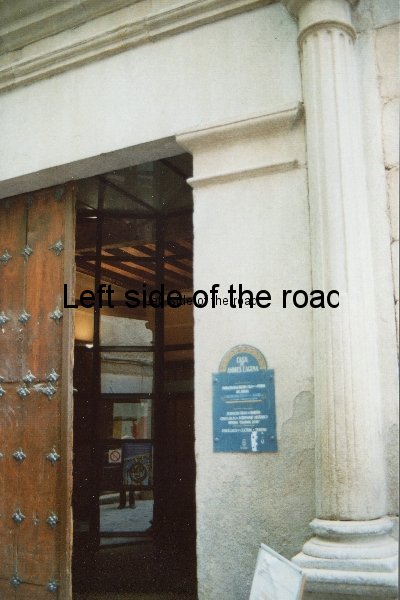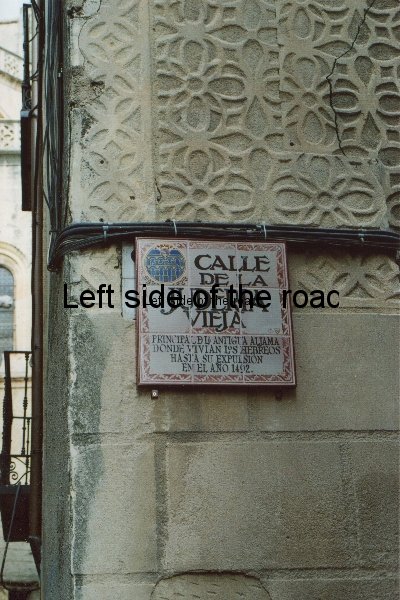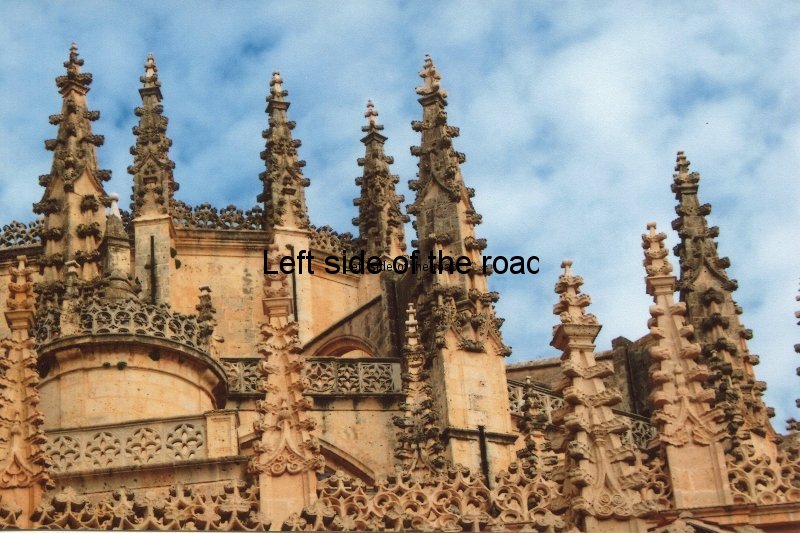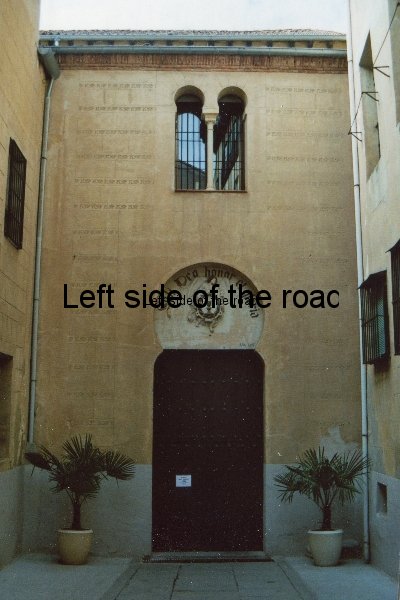Independence for Catalonia!?
As a referendum about Scottish Independence approaches I thought it would be useful to hear about another region of Europe that wants the same thing, Catalonia wanting to separate from Spain. Here are the ideas of a Catalan from Barcelona.
Michael, here you have my opinion about this issue you asked for after the recent elections of November 25th.
In Madrid the official centralist mass media says that independence is now not possible as CiU (Convergència i Unió, the party of Artur Mas) doesn’t have an absolute majority, but they forget that ¾ of the new Catalan Parliament belong to political parties who support the call for a referendum on self-determination.
ECONOMIC REASONS
The reason why CiU saw its support fall on November 25th is simply because the Catalan people didn’t like the Messiah-like campaign which Artur Mas implemented. And also, of course, because of the very important economic reasons working people have for being angry with the ruling class.
A CERTAIN ‘END-TIMES’ FEELING
The monthly magazine Catalonia Today, in its latest issue of December, says:
“… an end-times feeling has become a common one for many families in Catalonia. Thousands have lost jobs and homes, and what is worse, the hope of replacing their losses in the near future. During the year, the media have been full of financial horror stories about high risk premiums and devaluation by rating agencies, while the financial problems of banks and administrations have become the daily bread of a society increasingly concerned about its future. The great demonstration and general strike on November 14 is just the latest proof of a growing discontent…” (1)
Nowadays, the savage, neo-liberal measures, put in place by the Spanish government of President Mariano Rajoy (PP, Popular Party) have been even reinforced and deeply worsened by the Catalan government of Artur Mas, with the consent of the so-called Catalan socialists (PSC, Partit dels Socialistes de Catalunya).
FIRST CUTS MADE BY ZAPATERO
This PSC, which is federated with the PSOE, is being more discredited now than ever, because everybody knows it has also been responsible for the aggressive cuts initiated by Zapatero years ago. These cuts, being now even greater with the policies of the PP government, allow us to say that the high degree of desperation afflicting the Catalan and Spanish working class is not only due to the global crisis but also – and above all – to the savage and oppressive measures used by the ruling class to confront this crisis.
CiU IS BLATANTLY RULING CLASS
And the CiU is a political party of the ruling class. A very conservative one, using the nationalist feelings of Catalan people in favour of the economic interests of the Catalan capitalists. We must also take into account that the heirs of that Catalan capitalism, which very much helped General Franco during the Civil War of 1936-39, are not all inside the Spanish nationalist right-wing of the PP; they are also inside the Catalan nationalist right-wing of the CiU.
THE POWER OF THE CATALAN MASS MEDIA
Today the power of the media depending in one way or another from the Generalitat (Catalan government) is bigger than ever before… and they are completely biassed and manipulated. The only image of Spain they are selling now in Catalonia is centralism, aggressiveness against Catalonia and not at all sympathetic. Any other Spain, different from this, doesn’t exist in the eyes of the CiU.
For example, the fact that, some weeks ago, the 3rd Spanish political party in terms of numbers of votes, IU (Izquierda Unida – United Left) voted in the Spanish Parliament in favour of self-determination for Catalonia, has been totally ignored by the Catalan media dominated by the CiU. This media are simply clubbish and this Catalan nationalist right-wing is deeply anti-left; they don’t want to even talk about changing proportions in the laws regulating polls, which now are clearly in favour of giving much more advantage to the right-wing parties. So the Catalan left is scarcely represented in the Catalan Parliament and, in any case, less represented than the Spanish left in the Spanish Parliament.
… MAYBE BACK TO SPAIN
In the face of that nightmare very few intellectuals dare to push in the right direction. Professor Vicenç Navarro of the University of Barcelona is one of them. Some of the ideas expressed in this article are also his.
However there are moments of hope, like during the big demonstration on November 14th or some days ago, when the Financial Times considered – on an economic level – an independent Catalonia is possible.
As long as Spaniards don’t treat us, the Catalan people, like brothers and sisters independentist feelings will grow even more and they won’t be able to stop them.
I would propose that, in a near future, if Spain again becomes a People’s Republic of the Workers, established on a basis of freedom and justice for all, then we must call for another referendum, in order to go back again to this new Spain. I feel I’ve more in common with a single jornalero from Andalucia, or an industrial worker from Bilbao, or a fisherman from Galicia than with all the Catalan bankers and bosses together!
Francesc Arnau i Arias, Barcelona, 13/12/2012
To read more about Francesc’s ideas click on the link below (in Catalan)
(1) Catalonia Today, No. 0359, December 2012, Annus horribilis, by the editor Marcela Topor.
Although slightly dated (it was written in the 1970s when the issue wasn’t independence but devolution) here is a pamphlet written in opposition to dividing the working class on issues of nationality.








